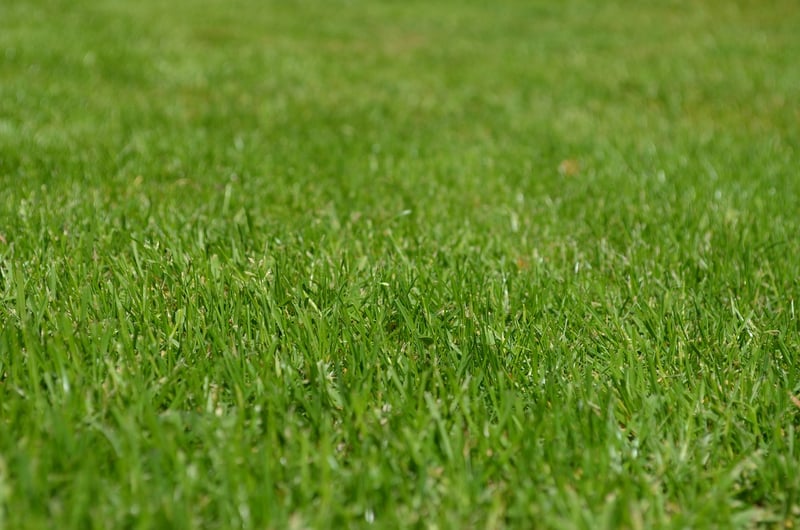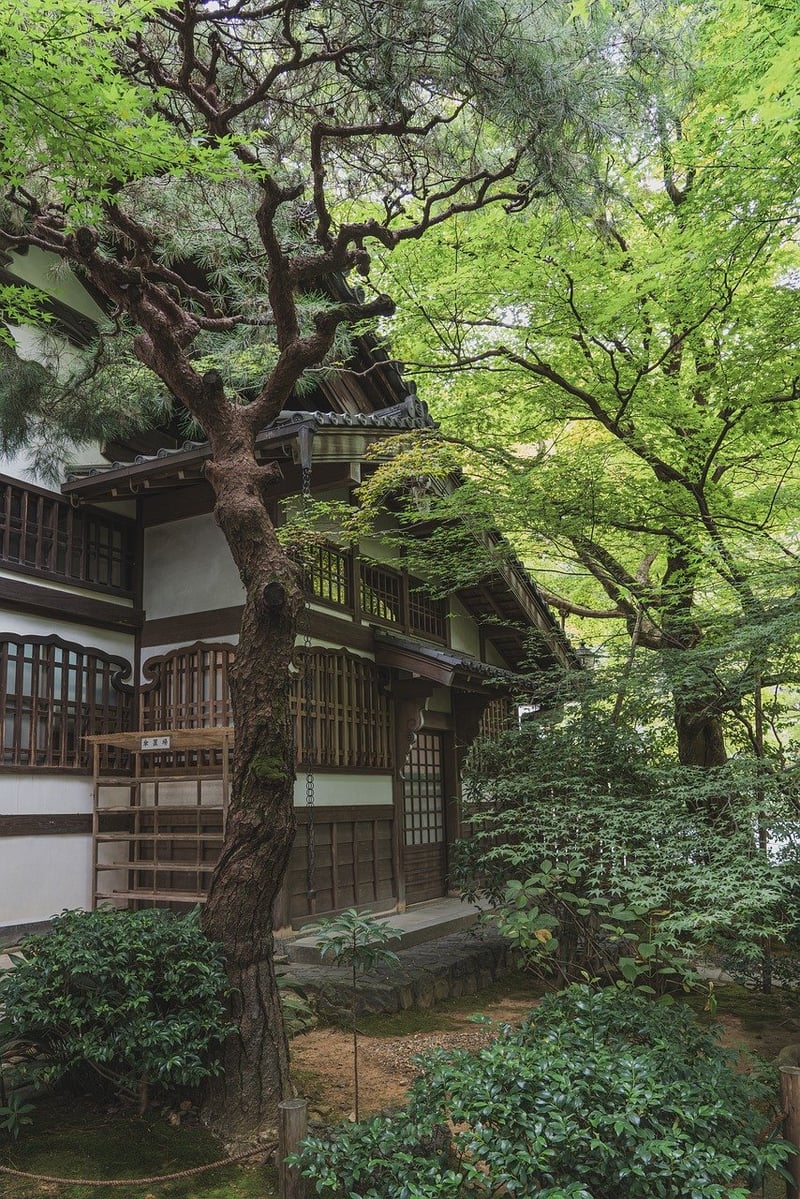Harmony in Nature
Exploring Different Garden Design Styles
Gardens have long been a place of solace and beauty, where nature meets human creativity. Various garden design styles have evolved over the years, each with its unique characteristics and charm. Let's delve into some popular garden design styles that you can draw inspiration from to create your own outdoor oasis.
1. English Cottage Garden

The English Cottage Garden style is known for its lush, informal look with a mix of flowers, herbs, and sometimes vegetables. It often features overflowing borders, climbing roses, and a quaint, rustic feel.
2. Japanese Zen Garden

Japanese Zen Gardens are designed to evoke a sense of tranquility and simplicity. They typically include rocks, gravel or sand, and carefully pruned trees and shrubs. These gardens are meant to be contemplative spaces for meditation.
3. Modern Minimalist Garden

Modern Minimalist Gardens are characterized by clean lines, simplicity, and a focus on architectural elements. They often incorporate materials like concrete, steel, and glass to create a sleek and contemporary look.
4. French Formal Garden

The French Formal Garden style is symmetrical and geometric, featuring clipped hedges, elaborate parterres, and ornate fountains. These gardens exude elegance and grandeur, inspired by the gardens of Versailles.
5. Desert Xeriscape Garden

Xeriscape Gardens are designed to conserve water and thrive in arid climates. These gardens often include drought-tolerant plants, rocks, and gravel to create a low-maintenance and sustainable outdoor space.
Harmony in Nature
Regardless of the garden design style you choose, creating harmony in nature is essential. Here are some tips to achieve balance and unity in your garden:
1. Balance Elements
Balance the different elements in your garden such as color, texture, height, and shape to create a visually appealing and harmonious space.
2. Embrace Biodiversity
Encourage biodiversity by planting a variety of native plants to attract pollinators, birds, and beneficial insects, creating a thriving ecosystem in your garden.
3. Sustainable Practices
Adopt sustainable gardening practices such as composting, rainwater harvesting, and using organic fertilizers to minimize environmental impact and promote harmony with nature.
By exploring different garden design styles and incorporating harmony in nature, you can create a beautiful and sustainable outdoor space that not only enhances the aesthetic appeal of your home but also fosters a deeper connection with the natural world.
